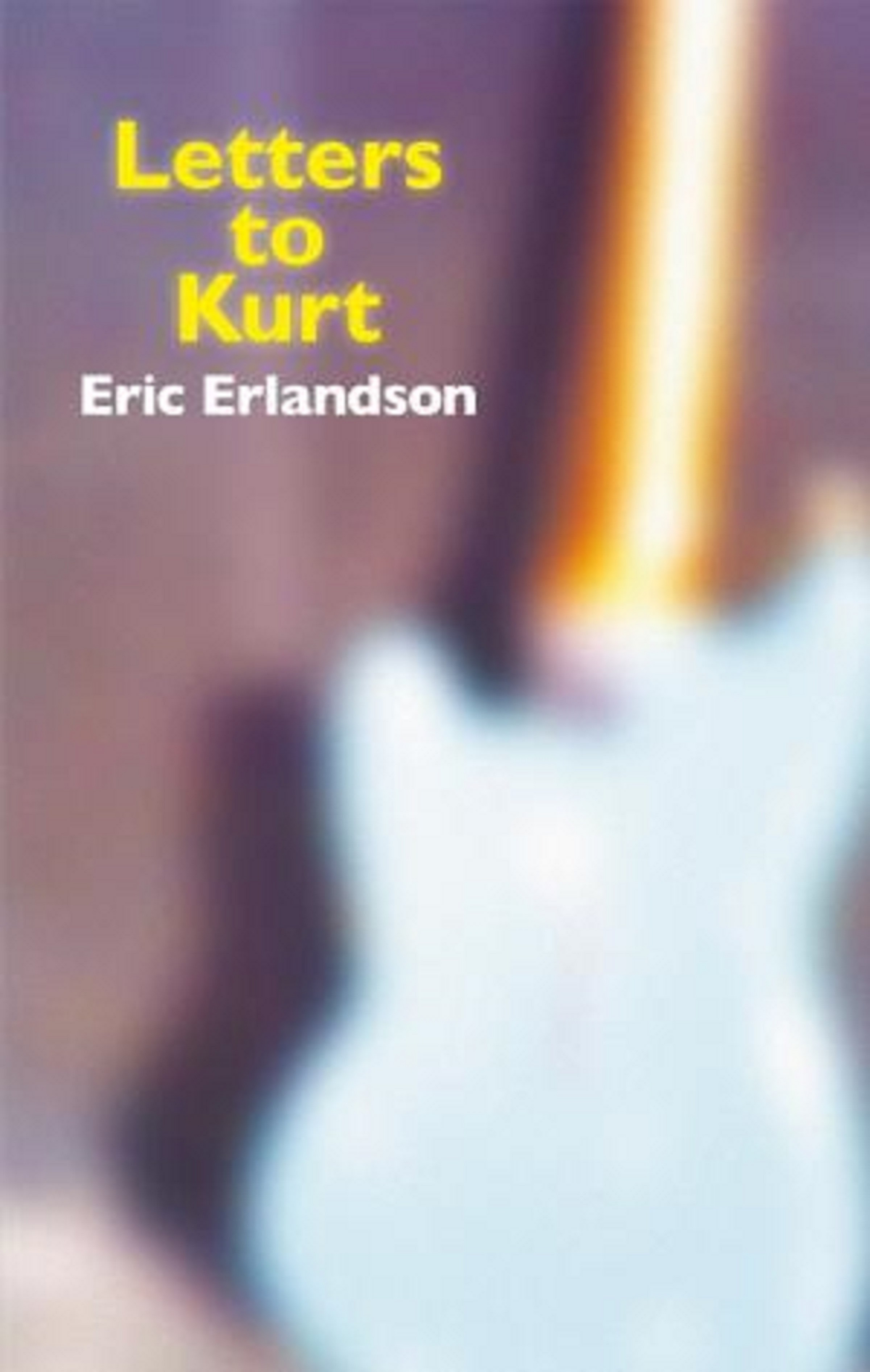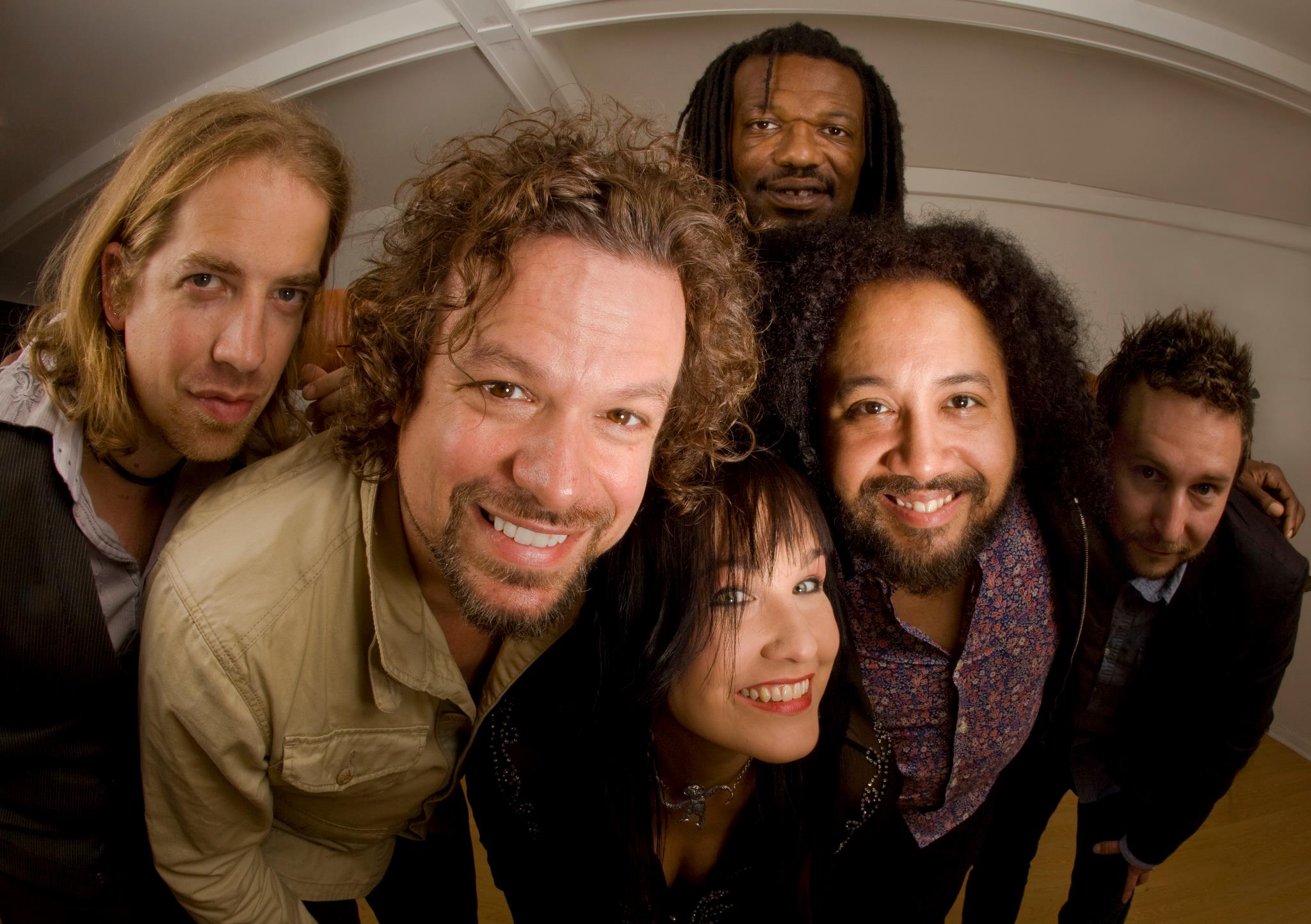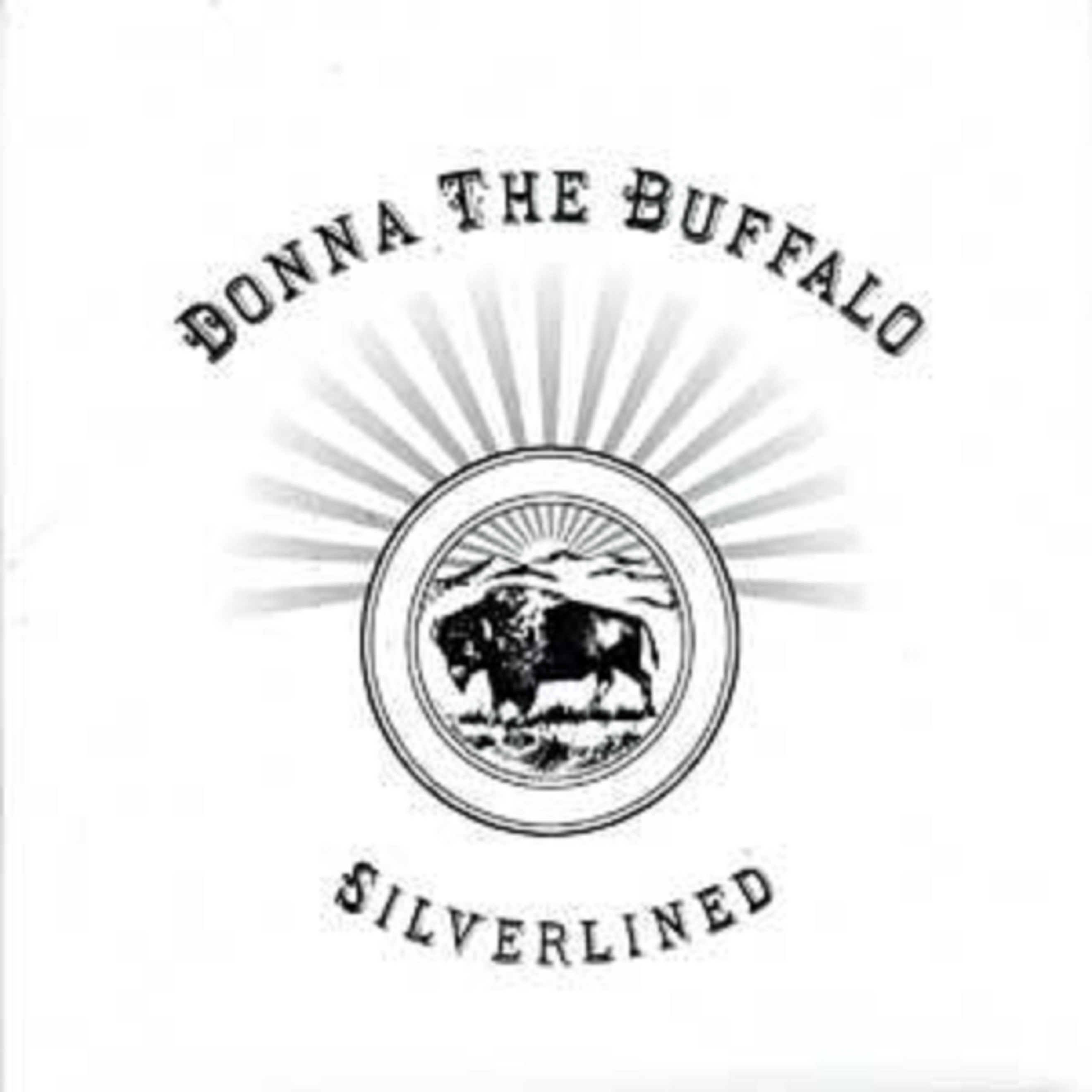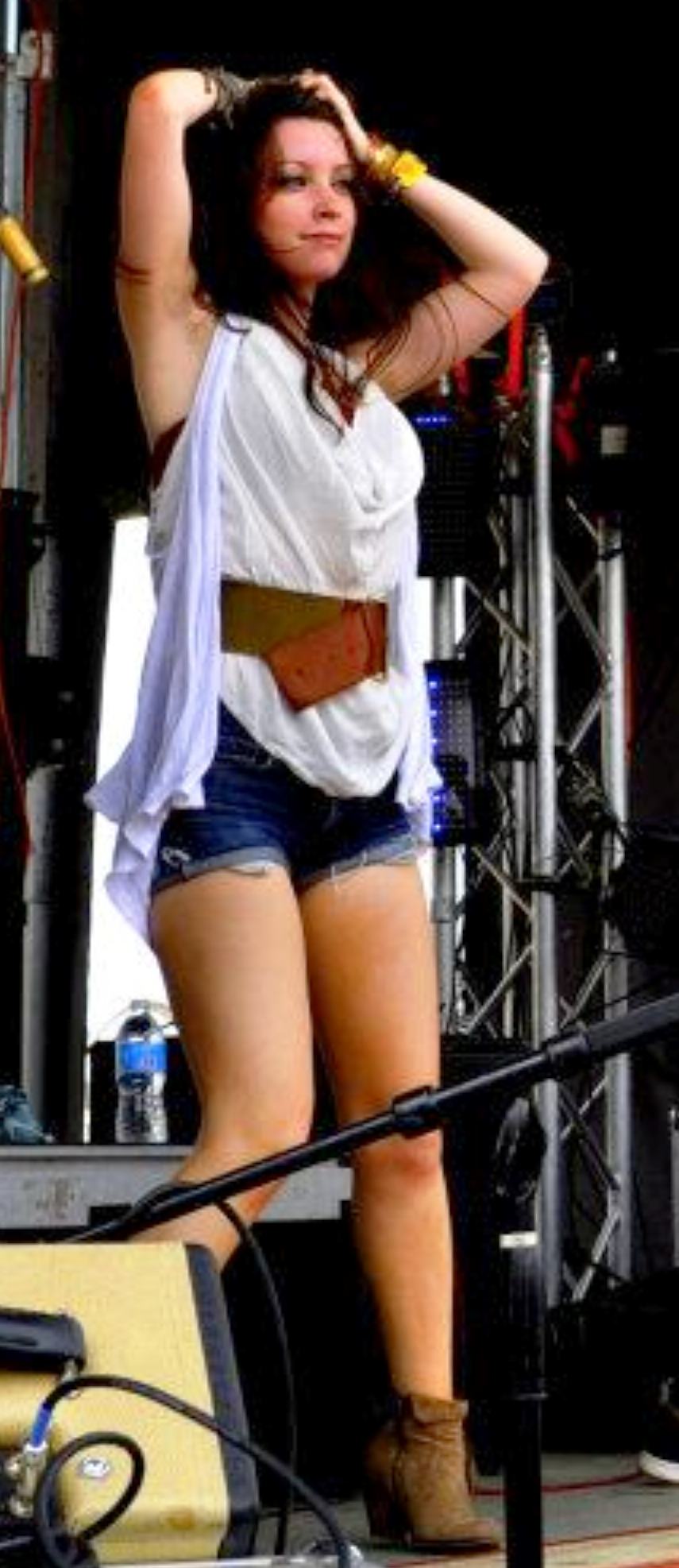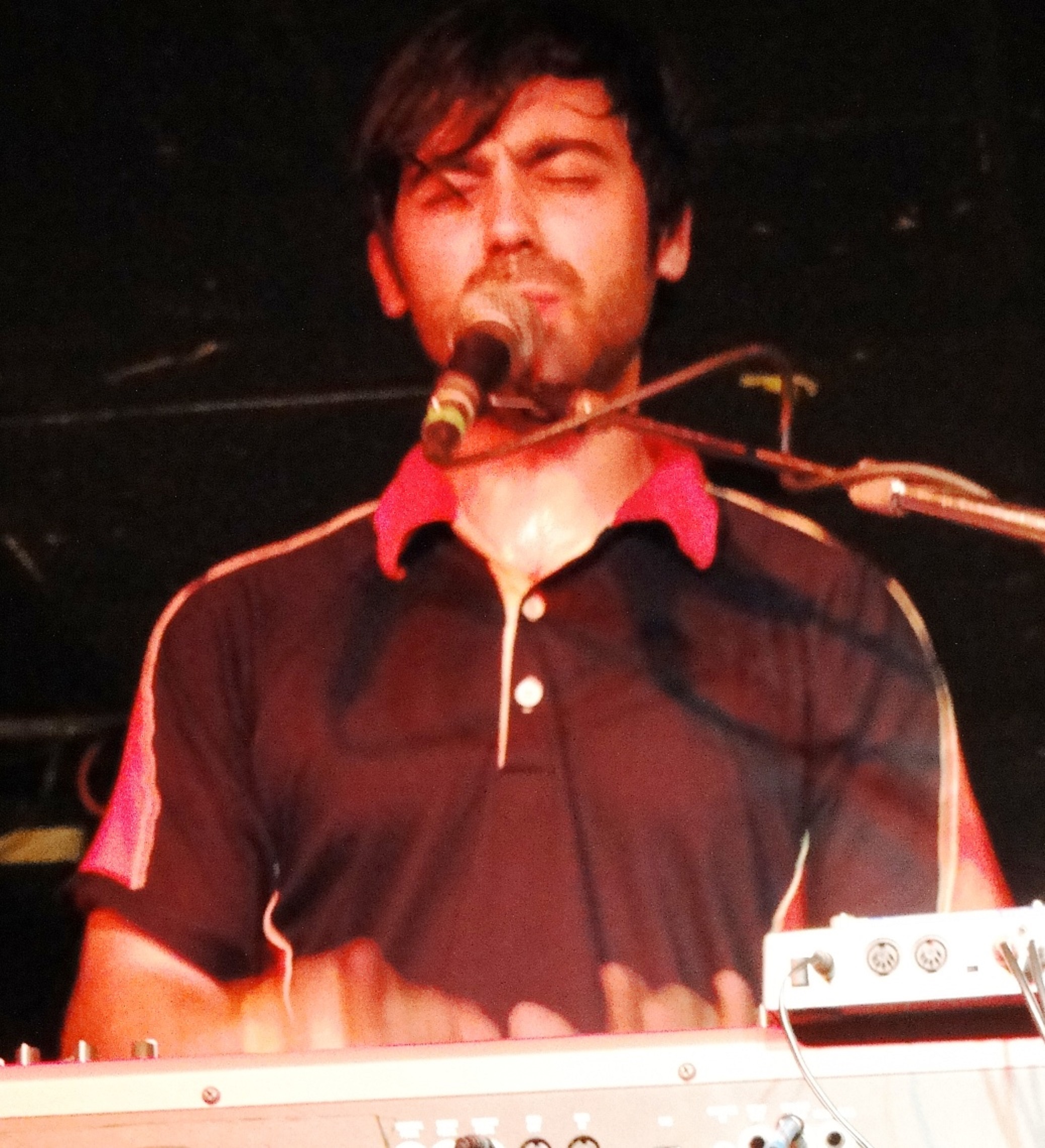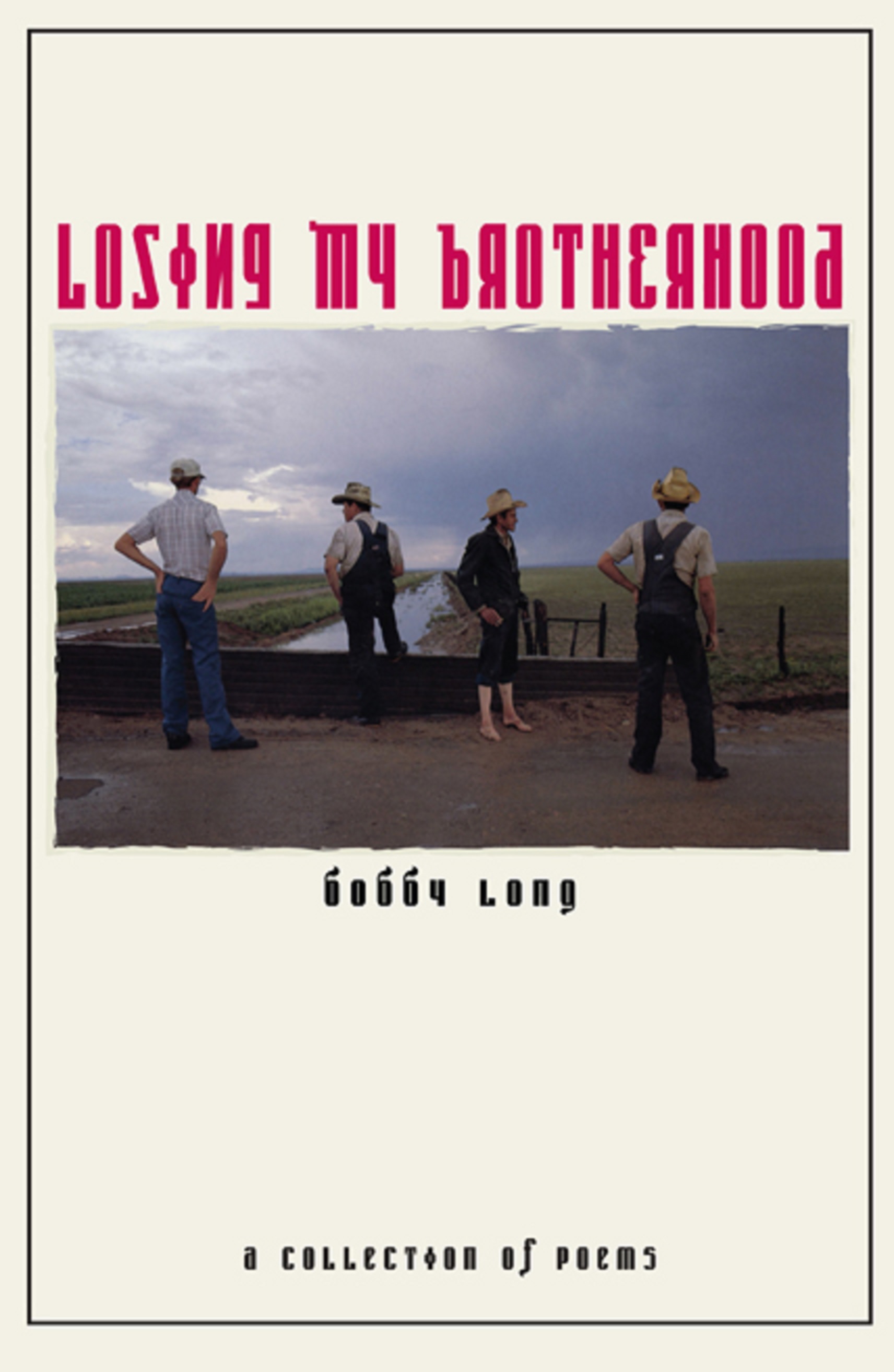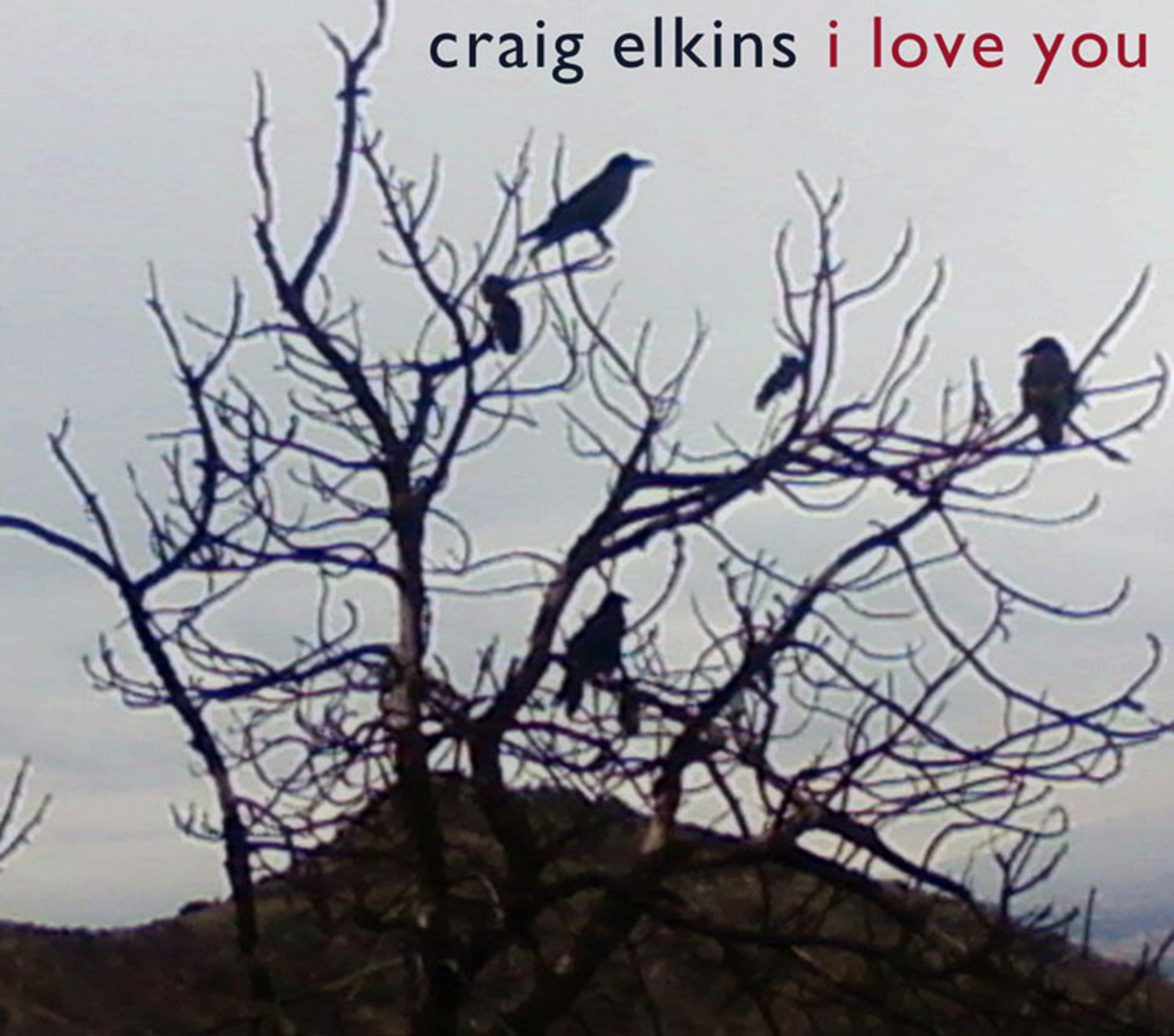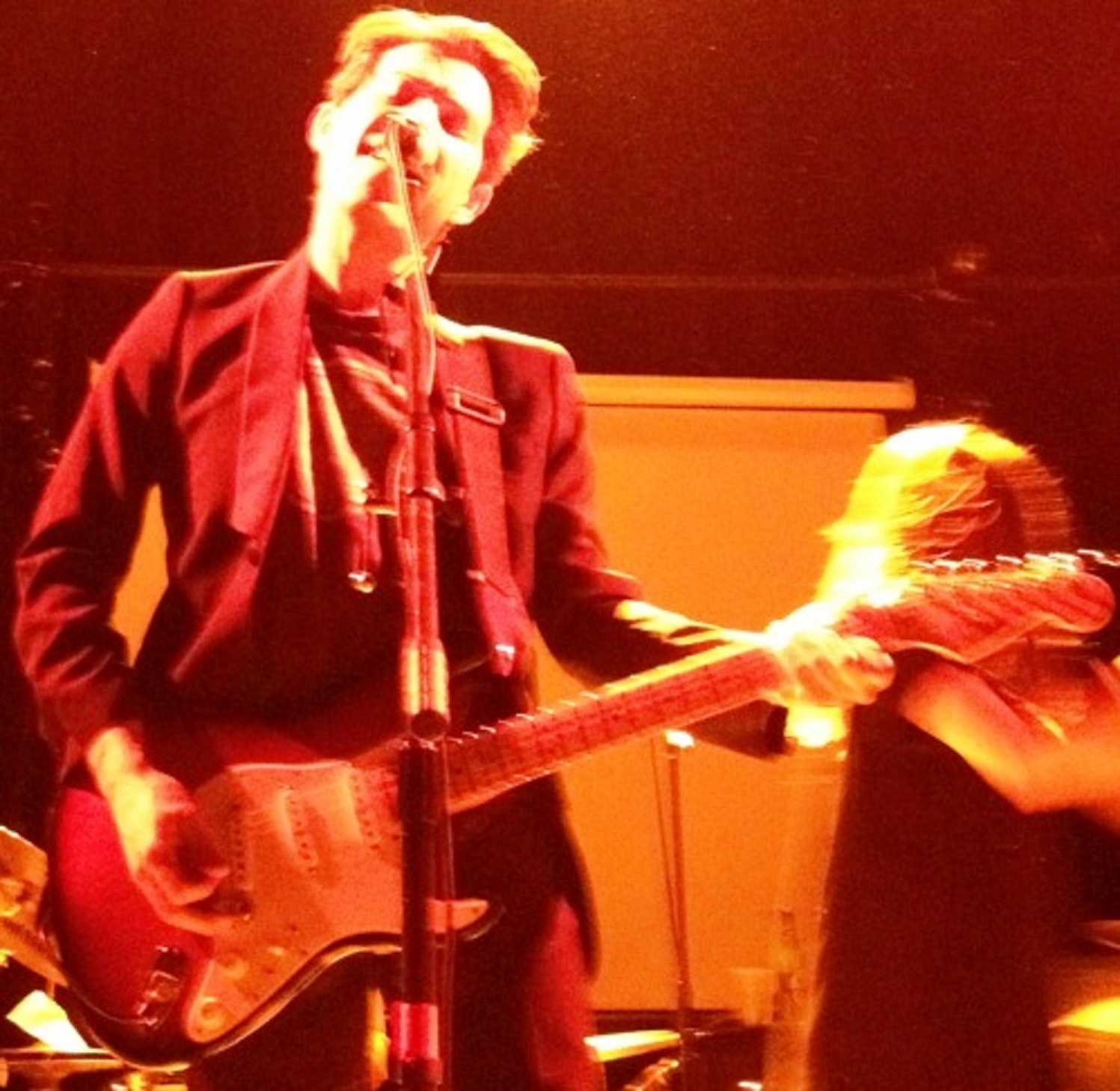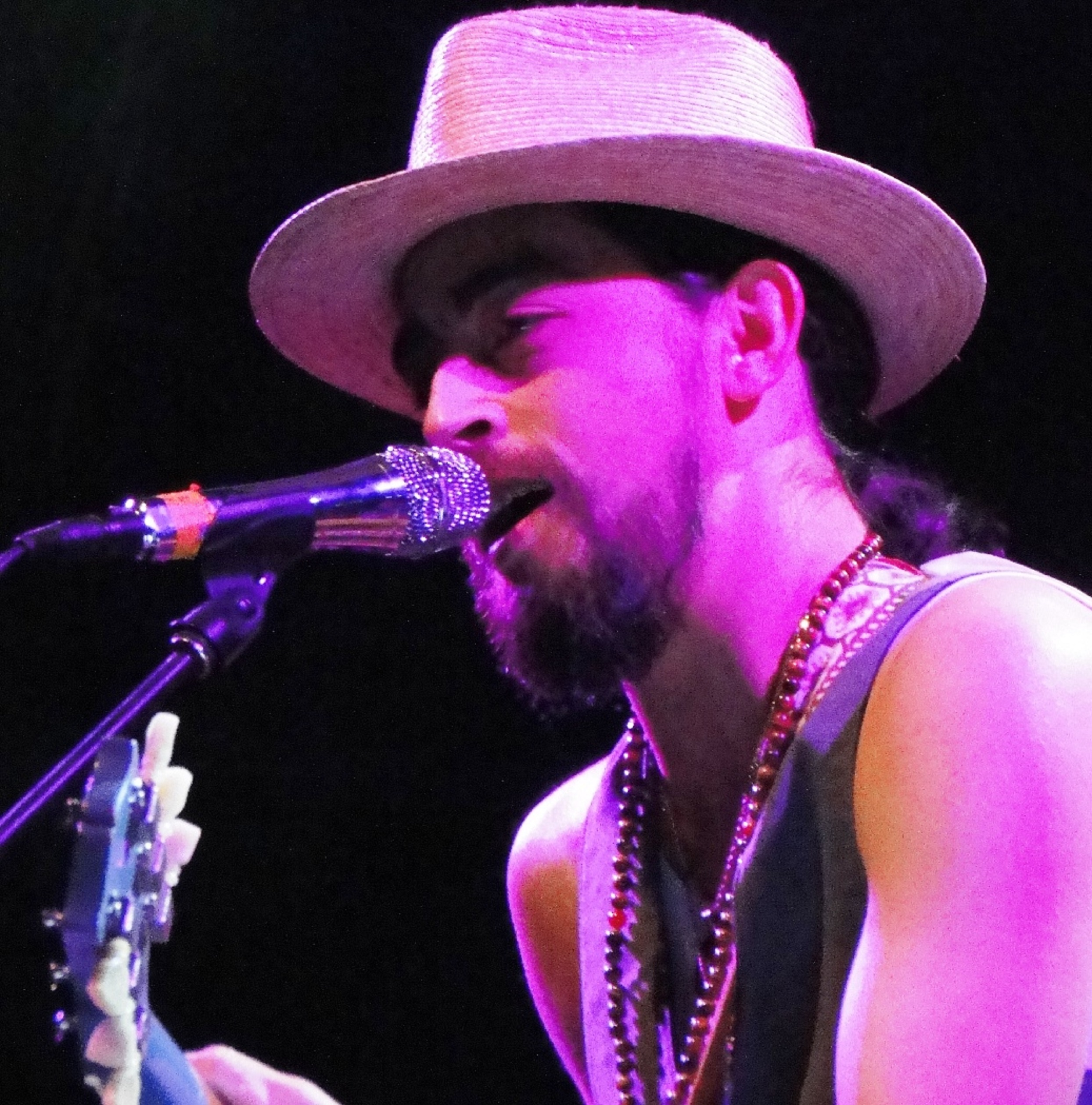Media shapes cultures shapes images shape persona. It’s the inescapable cycle that is the source of frustration for many within a society where news and advertising communicate what is news and what’s hot and what’s not. It is such anger and disgust with society that in part drive Letters to Kurt, a short, poetic epistolary book by Eric Erlandson, confounder and guitarist of 90s grunge band, Hole.
An ex-lover of Courtney Love and an intimate friend of Nirvana’s Kurt Cobain--whom the book is addressed to--Erlandson in his post-grunge years explores via fifty-two free form prose poems the hype media and society build around the famous in an attempt to expose their damaging obsession. As he strives to remove both himself and Cobain from that realm however (and for Cobain in particular, to remove him out of the character and image of a “suicide idol”), lack of context and Erlandson’s complaints make it appear that Cobain’s suicide works for Erlandson more as a platform for personal thought and conflict.
Writing in a style that calls upon Beats such as Allen Ginsberg and Jack Kerouac in hand with the idea of consciousness moving from mind to pen to paper in part lend to this perception. Letting his mind jump from one thought to another as associations connect them, Erlandson adopts an artsy writing style that, in its free from and poetic nature, make the book read as if he is trying to be a poetic or literary artist. Instead of focusing on the idea of writing letters to Cobain then, an idea and image of Eralndson as an artist rises superior.
Holding to the Joyceian idea of consciousness, the free movement of thought that embraces the entirety of the book is a form that distances readers from the text and yields greater focus on the personal nature of the subject for Erlandson. Ranting and raving as one does when their guard is let down, Erlandson lets any and all thoughts drain from his mind and allows for them to make what connections they will. At times these connections lead to humor, bleakness, sarcasm. Without recognition of the context in which Erlandson is writing and in which his thoughts evolve however, there is nothing for the reader to grasp onto beyond what meaning they make of the prose poetry. No doubt fans of both Nirvana and Hole will pick up this book, but only the greatest of those fans will gather the small quips or references to these late groups and their musicians. For all else who lack that bit of knowledge, those picks and prods that Erlandson’s thoughts are set in move clear overhead.
It is among those thought patterns that Erslandson really seems to move away from his call to communicate with Cobain, expressing anger, concern, and disgust with the shape of society today. As the emotions and feelings that do surround Cobain’s suicide surface--the ideas of fame in relation to the pressure and obsession obtained by society and media--they drag up with them Erlandson’s displeasure with the likes of technology, people’s dependence on it, and an environment that its people not only allow to get destroyed but are contributers towards that end. Written a la Kurt Vonnegut in this regard, the fifty-two chapters act as units of complaint and critique on current social issues problematic or irksome to Erlandson, pushing those that surrounded Cobain’s death to the side burner.
As much as Erlandson is laden down within this prose poetry art form and personal complaint, the sadness, fear, guilt, and humor found in the flow of consciousness in nearly each “letter” do show Erlandson’s evolving self-acknowledgment. Regardless of Cobain’s suicide being a launch pad for Erlandson or not, he explores and attempts to break down the person the media made Cobain into following his death, or if anything to realize their conception of him next to the other “suicide idols,” while among these admissions surfaces Erlandson’s personal struggles with depression, guilt, drug abuse, and unhappiness in a lost state of being.
Presumably such feelings and frustration are resultant of Cobain’s suicide and those feelings being bottled up for years, yet in the general form of the text and the free flow of thought this aspect becomes lost. While Letters to Kurt does offer insight and knowledge for the most avid fans and music devotees, by way of writing solely in a state of consciousness that lacks firm context and a content that serves more particular means, it is a book more of personal healing conveyed via a very artistic form than a musical biography document.





